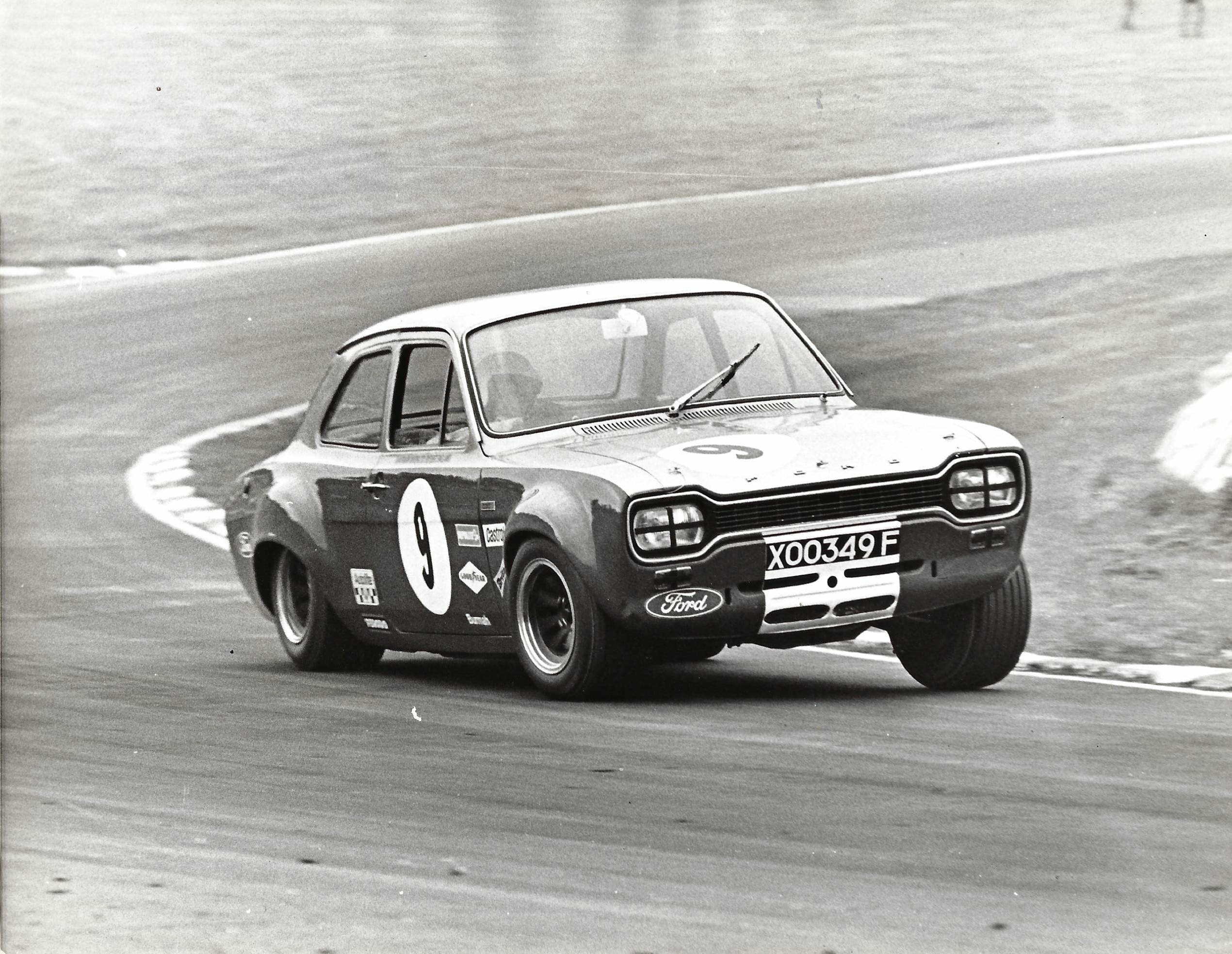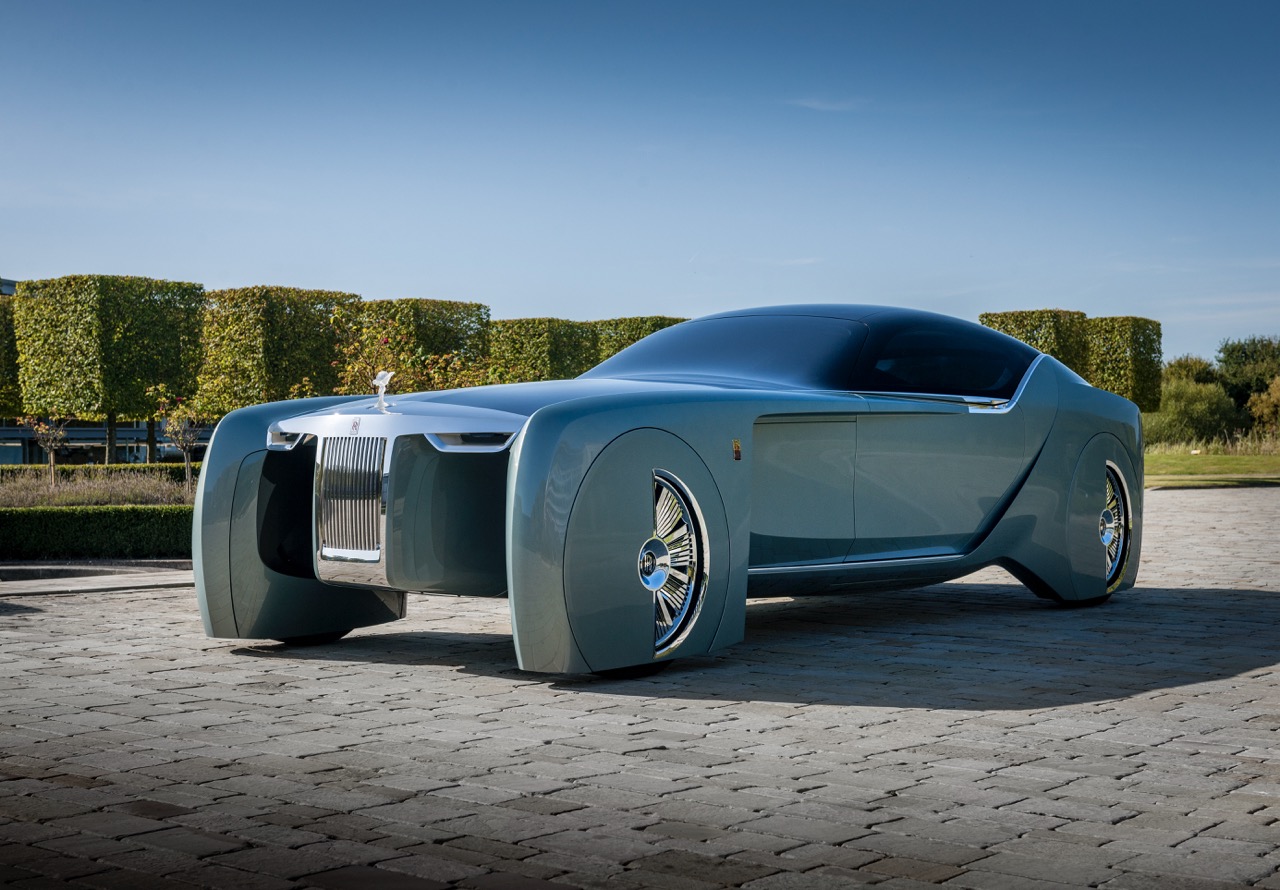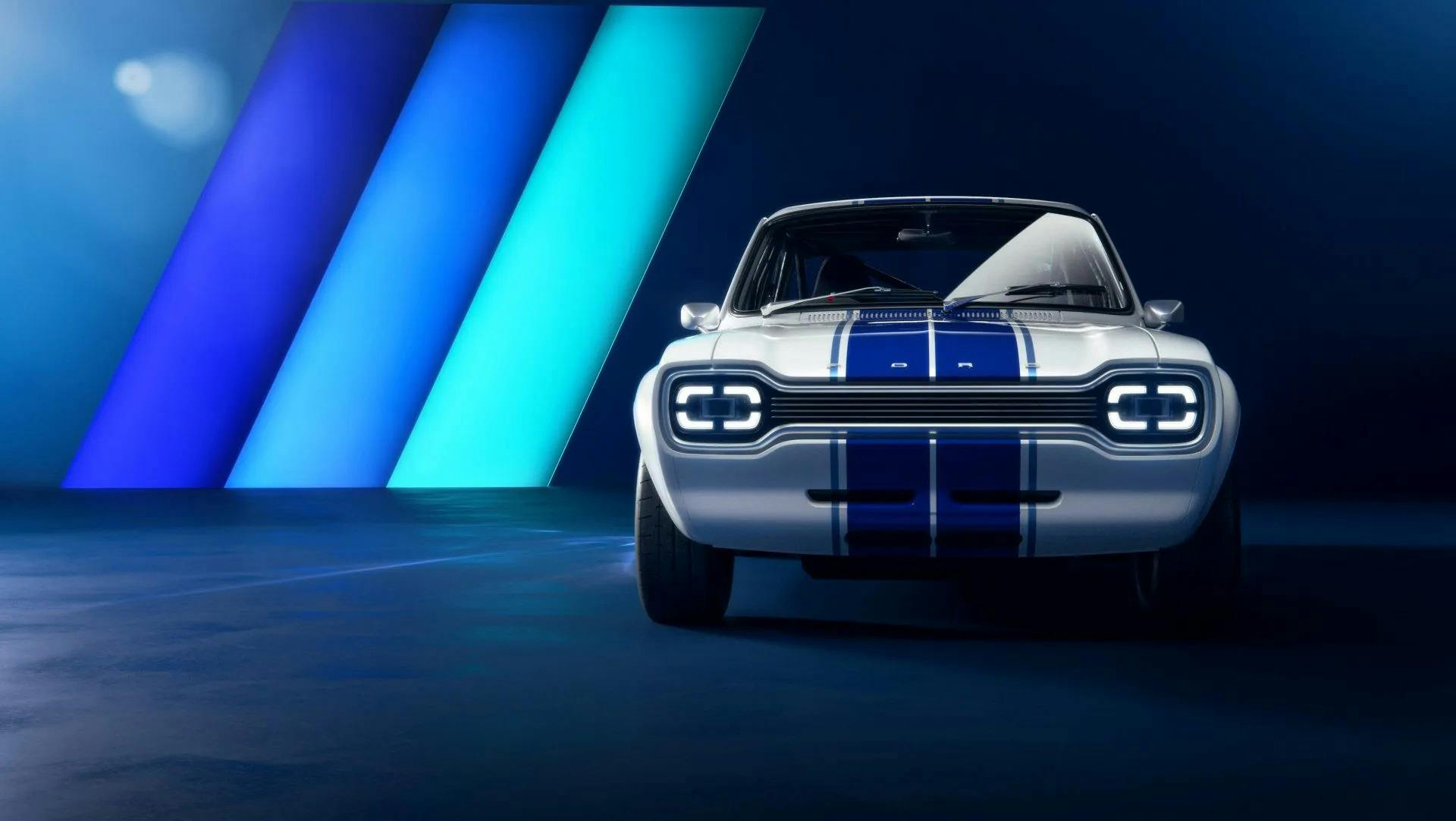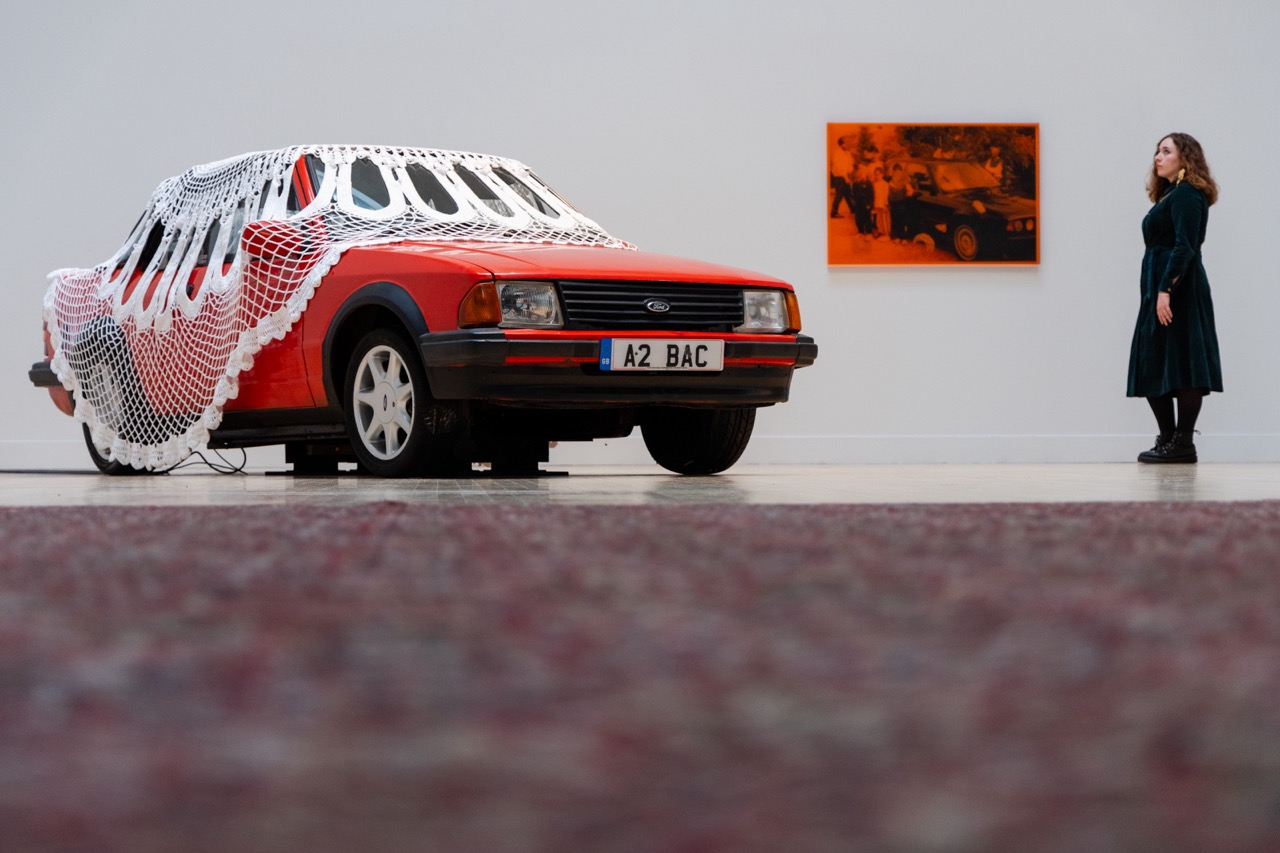On Sunday 5th November Bonham’s London to Brighton Veteran Car Run celebrates the passing of the 1896 Locomotives on the Highway Act, which raised the speed limit for motor cars – or ‘Light Locomotives’ – from 4 miles per hour to 14 mph. No longer would vehicles need to be preceded by a gentleman on foot. The Veteran Car Run is now the world’s longest-running motoring event, and one that Hagerty are proud to sponsor each year. To celebrate this wonderful celebration of the car, here are our top ten pioneering automobiles.
- 1896 Léon Bollée Tandem
On Saturday 14th November 1896, some 33 cars set out on the ‘Great Emancipation Run’ from the Metropole Hotel in London to the Metropole Hotel in Brighton, although around twenty of them were obliged to retire. The event was not a race and travelling the 54-mile route at an average speed of nearly 14 mph was Léon Bollée in his Tandem Two-Seater with a horizontally-mounted 3hp engine. M Bollée’s pioneering motor tricycle was been described as a ‘land torpedo’… - 1897 Daimler Wagonette
In 1896 Frederick Simms obtained the rights to build Daimler motor cars in the UK and the Wagonette was promoted as ‘admirably suited to the needs of the sportsman and the lover of the countryside’ with ‘full facilities for the enjoyment of fresh air and an uninterrupted view of the scenery’. The maximum speed of the twin cylinder engine was 12 mph ‘on the level while hills can be ascended and descended in safety’. Quite aside from the Wagonette’s significance to the British motor industry one cannot help but feel that automotive advertising was somewhat more eloquent in the 19th century. - 1891 Peugeot Type 3
In 1890 a meeting between,Gottlieb Daimler, Émile Levassor and Armand Peugeot convinced the last-named of the potential of petrol powered vehicles and so a year later the Type 3 became the first of his motor cars to be sold to the general public. Power was from a 2 bhp 565 cc V-twin Daimler engine that was made under licence. with chain driven transmission and the top speed was 11 mph. Monsieur Peugeot gained invaluable publicity when he drove a Type 3 alongside the competitors in the inaugural Paris-Brest-Paris bicycle race! - 1891 Panhard et Levassor
In 1887 Rene Panhard and Emile Levassor established a factory to build Daimler motors and they unveiled first car in 1891. After experiments with locating the engine under the floor in the middle of the car and at the rear they opted for a front mounted power plant driving the rear wheels. The passengers all faced forwards, the steering was via the front wheels and the Systeme Panhard was to set the template for motoring during much of the 20th century. - 1899 Wolseley Voiturette
Wolseley is one of the oldest names in the history of British motoring and its first car was developed in the winter of 1895 by the firm’s MD, one Herbert Austin, who was seeking an alternative to supplant the business’s core product of sheep shearing tools. The Voiturette (‘little car’) of 1899 was the company’s third vehicle and their first ever four-wheeled offering, resulting in the marque becoming inextricably linked with respectable middle-class motoring until 1975. - 1903 Ford Model A
‘The most reliable machine in the world’ was available in any colour you wished, provided that it was red. On the 15th July 1903 the Ford Motor Company received the first order for the Model A from Ernst Pfenning who spent the then vast sum of $850 on a Model A. One major advantage of the new Ford car was its two-cylinder eight horsepower engine which gave an extremely impressive top speed of 30 mph – although at that time there were comparatively few tarmac roads in the USA on which to experience such performance. - 1899 Renault Type A Voiturette
In 1898, a 21-year-old engineer named Louis Renault completed a car which he had devised and built during his free time in a shed at the family home. A Christmas Eve demonstration of how well it coped with the steep gradient of the Rue Lepic in Montmartre so impressed his friends that Renault received down payments from friends and spectators. The result was the Type A Voiturette of 1899 with a 273cc single-cylinder engine and a distinctive round bonnet. Despite a price of 3,500 Francs – a sum which represented ten years’ wages for the average French worker – Société Renault Frères built 290 examples over a four-year period. - 1903 Vauxhall Model 719
The Vauxhall Ironworks Co. of London initially made pumps and marine engines but in 1903 F W Hodges devised not only the company’s first ever motor car but also the first car to feature a monocoque body. The designer’s background in the construction of boats lead him to this format as a logical method of saving weight while power was from a single cylinder engine. And for 130 guineas, the proud motorist gained one of the most styling two-seaters on the market – albeit one without a reverse gear. - 1901 De Dion Bouton 4½hp Type G ‘Vis-à-Vis’
The famous De Dion motor tricycle entered production in 1897, and in 1900 they launched the ‘Vis-à-Vis’ Voiturette in which the driver sat on the rear seat and faced the passengers. The transmission was via a two-speed gearbox and the formula was so successful that De Dion sold 500 units, introducing a more powerful version of the single-cylinder engine. This car has particular significance to us, as this year members of the Hagerty staff will pilot this car on the 2017 London to Brighton run. - 1904 Darracq 10/12hp Type O Roadster
This model, or rather one particular Darracq 10/12hp Type O Roadster that deserves to be remembered for its incalcuable contribution to the old car movement. In late 1952 filming commenced on Genevieve, a comedy centred around the London – Brighton run, and the Veteran Car Club provided invaluable assistance to the production. Acting on their advice the director Henry Cornelius changed his original plans for the heroes to drive a Wolseley or Humber in favour of a Darracq that just seven years earlier had been languishing in a scrapyard. The result was one of the finest pctires in the history of British cinema – and invaluable publicity for all motor enthusiasts.
Hagerty is passionate in our support of the Veteran Car Run and in 2017 will be live-streaming our participation in the event onto our social media platforms, so please follow us on Facebook to see more from the day. For those of you who wish to observe, we will be leaving Hyde Park from 7am and the cars will arrive at Madeira Drive, Brighton between 10am and 4pm. For more information on the route, visit http://www.veterancarrun.com
















My wife and I follow the route taken by the veteran car run participants, but in my 1972 Hillman Imp. It’s a great day out and a fantastic way to promote the Imp Club. Shame there is no dedicated windscreen sticker to purchase this year !
Hi, need help to locate spares for my 1938 Moris 10/4